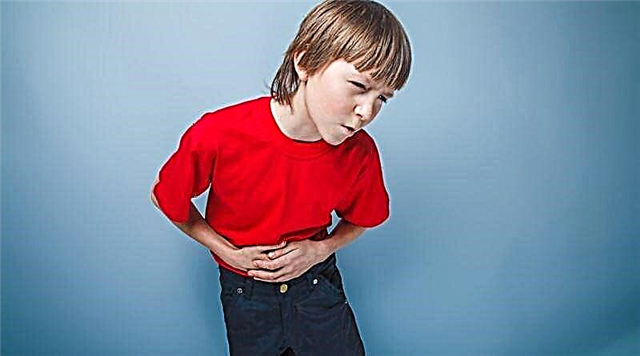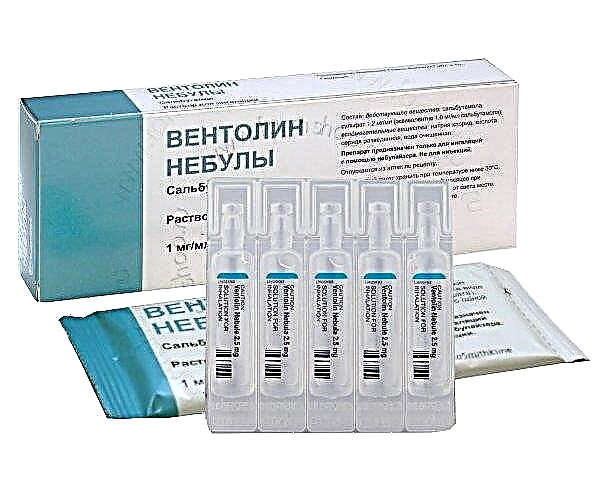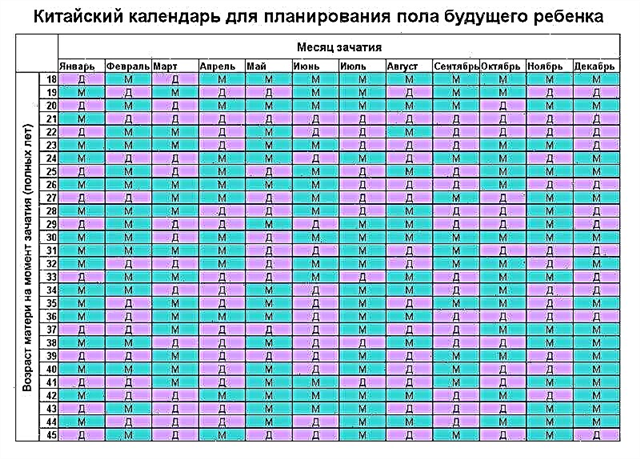A rash on the palms of a child for a mother should be a cause for alarm. There are many reasons that cause its appearance. To find out the nature, you will need to consult a pediatrician.

Various circumstances can provoke sores on the skin.
Rash-provoking factors
The occurrence of a rash on the palms of a child that itches can be triggered by various factors. In infants, similar symptoms appear with allergies, especially during the period of introducing complementary foods. Sometimes sores, blisters and blisters signal serious pathologies.
Allergic reaction
The formation of hives on the palms indicates that the baby has been in contact with an allergen or has eaten a prohibited product.
Various foods and substances can cause allergies:
- sweets;
- dairy;
- animal hair;
- medications;
- dust;
- washing powder or conditioners.
On a note. Allergy is not only a bright red rash on the palms. In addition, itching, runny nose, sneezing and other allergic symptoms are present.
Contact dermatitis
This is another type of allergic reaction, since contact dermatitis is triggered by contact with an allergen. The rash appears as red lesions. Blisters, blisters may occur. The skin constantly itches, pimples burst, forming wounds and cracks.
They cause contact dermatitis, in addition to the allergen, problems with the digestive, circulatory systems, and various infections.
Skin damage by parasites
Often, parasites and insects provoke the appearance of a rash on the hands. On small palms, an allergic rash may occur from traces of bites from wasps, bees, mosquitoes.
A tick can cause a lot of itching and the appearance of a rash, it settles on the palms, in the folds of the skin, on the genitals. The disease is called scabies.
On a note. Do not confuse the rash and numerous mosquito bites, fleas and jellyfish burns. Insect marks can swell and the child will scratch them.
Viral infection
Rashes are a sign of developing infections. Symptoms characteristic of acute respiratory infections appear along with the rash. The most common infectious diseases:
- Chickenpox. Small specks are formed, which gradually transform into bubbles no more than 5 mm in size. After a week, the pimples will disappear, leaving thin crusts.
- Measles. Additionally, there are signs of infection (fever, cough, lethargy). The first sores appear on the head, then move to the palms, feet, trunk.
- Coxsackie virus. A special type of infection, one of the symptoms of which is a rash.
- Rubella. The first rashes form on the palm from the outside, the folds of the arms and legs. The sores are thick and small. It is accompanied by signs of intoxication.
- Scarlet fever. First, the throat begins to hurt, as with angina, on the 2nd day there are small rashes.

Rubella is a common cause of rash.
It will not be possible to do without medical care for infections, since incorrect diagnosis and treatment can provoke the development of complications.
Overheating causing sweating
Banal lack of hygiene can provoke a rash on the skin. If you do not wash your baby in a timely and regular manner, then prickly heat initially appears. If the baby scratches the sores, infections and bacteria can get inside, which will provoke the formation of pustules.
Note. Often, excessive wrapping of the baby can provoke the formation of prickly heat.
Psoriasis and eczema
Eczema refers to pathologies with a neuro-allergic nature. Initially, small blisters may appear that itch. Gradually, they fill with pus. Usually, eczema is accompanied by the development of a bacterial-type infection.

Gradually, with eczema, instead of rashes, large areas of peeling appear
The development of psoriasis can cause rashes. Pathology, which is characterized by damage to the dermis and a chronic nature, is not infectious in nature. A small rash on the child's palms and feet itches a lot. As a result of scratching, plaques form.
Other causes of rash
Often the cause of rashes is problems with the functioning of some internal systems of the body. If the circulatory system malfunctions, hemorrhagic rashes may appear on the hands, palms, and feet. The reason is the destruction of blood vessels and capillaries. Red blood cells seep through the skin, causing dark blotches to appear on the surface of the epidermis.
On a note. This rash on the palms of the child and other parts of the body does not bring discomfort, but it signals possible pathologies.
Types of rashes
The appearance of a rash on the palms does not go unnoticed by parents. Rashes may differ from each other in appearance:
- Reddish bubbles. Most often, a colorless liquid collects under the upper layer of the epidermis.
- Pimples. These are nodules hidden in the skin.
- Pustules. The inside is filled with purulent fluid.
- Blisters. They rise above the level of the skin, from above they are rough and dense in structure.
- Ulcers and erosion. Skin lesions characterized by various secretions.
- Spots. Clusters at skin level that differ in color from skin.
If crusts begin to form at the site of the rash, then this is a signal of a gradual recovery.
What to do with a child's rash
Any rashes on the palms, feet, elbows, fingertips are a signal to parents. A consultation with a pediatrician will help. Only an experienced specialist correctly diagnoses the cause of the problem and prescribes the appropriate treatment.
It is not necessary to consult a doctor if the mother understands for sure that the rash is a prickly heat or a known allergy.
Important points before the arrival of the pediatrician
If a child has a rash, other possible symptoms should be diagnosed and reported to the doctor.
Possible additional signs of disease:
- temperature;
- runny nose;
- nausea and vomiting;
- cough;
- pain;
- lethargy;
- loss of appetite.
If a rash appears on the palms, the entire body and mouth of the baby should be checked, especially the feet and feet. The child with the rash is isolated from others until the cause is determined.
The need for medical attention
They call an ambulance if a child has a red rash on the palms of the child accompanied by other symptoms:
- high fever;
- vomiting or nausea;
- severe itching;
- lethargy and loss of appetite.
If there are no severe accompanying symptoms, but the causes and nature of the rash are not clear, then a trip to the pediatrician is required.
Diagnostics and treatment
If a rash appears on the palms, feet and the presence of other accompanying symptoms, only a medical institution will conduct a high-quality diagnosis. Through a series of analyzes, it is possible to identify the true cause of the problem.

The first diagnostic step is to examine the body for other rashes.
Initially the baby will be examined by a doctor. General blood and urine tests are prescribed. If necessary, the child is referred to a dermatologist, he will write out directions for specific studies.
Prevention
The likelihood of a rash in a child under one year old can be minimized by performing simple preventive measures:
- Correct balanced diet, where allergens should be free.
- Be sure to adhere to the daily regimen.
- From the first days of life, you need to teach your child to wash, wash his hands after the street, before eating.
- All family members, including the newborn, should have their own personal hygiene items.
- Do not allow contact with unfamiliar animals.
- In cold weather, the use of mittens is mandatory.

Prevention is the best way to deal with potential problems
The most common cause of a rash on the feet and palms of a child is allergies, but other factors should not be ruled out. Avoiding problems is much easier than treating them later. If the rash provoked a disease, and its appearance is accompanied by other symptoms (fever, runny nose, disruption of the digestive system), then you should not hesitate. In this case, you cannot do without medical assistance.



